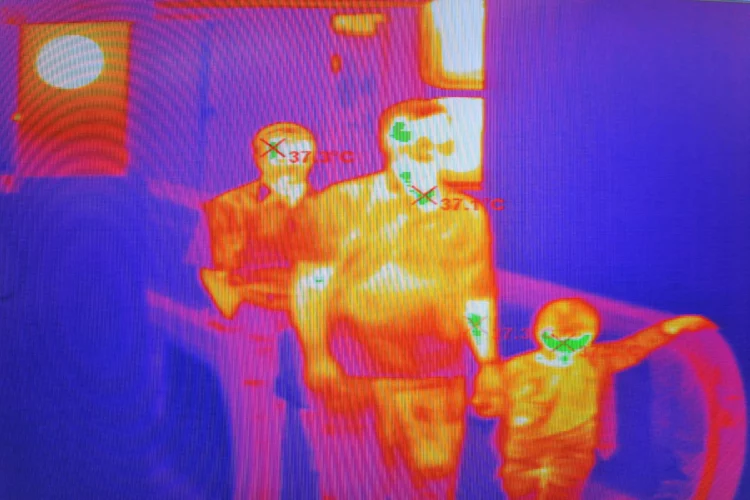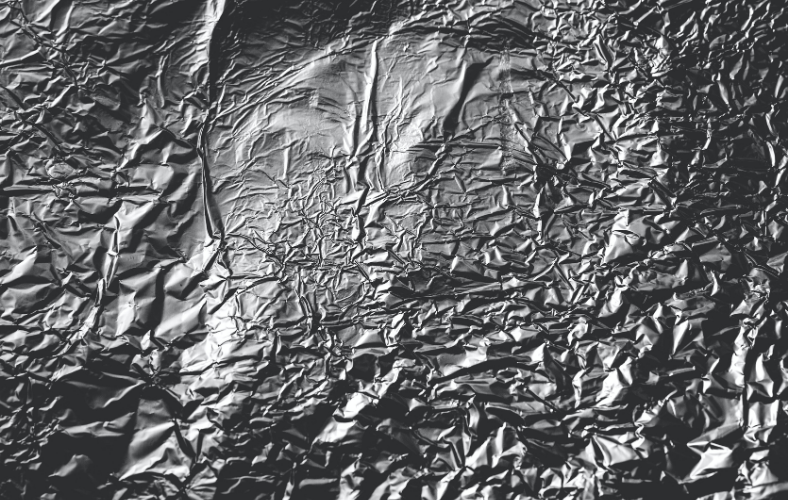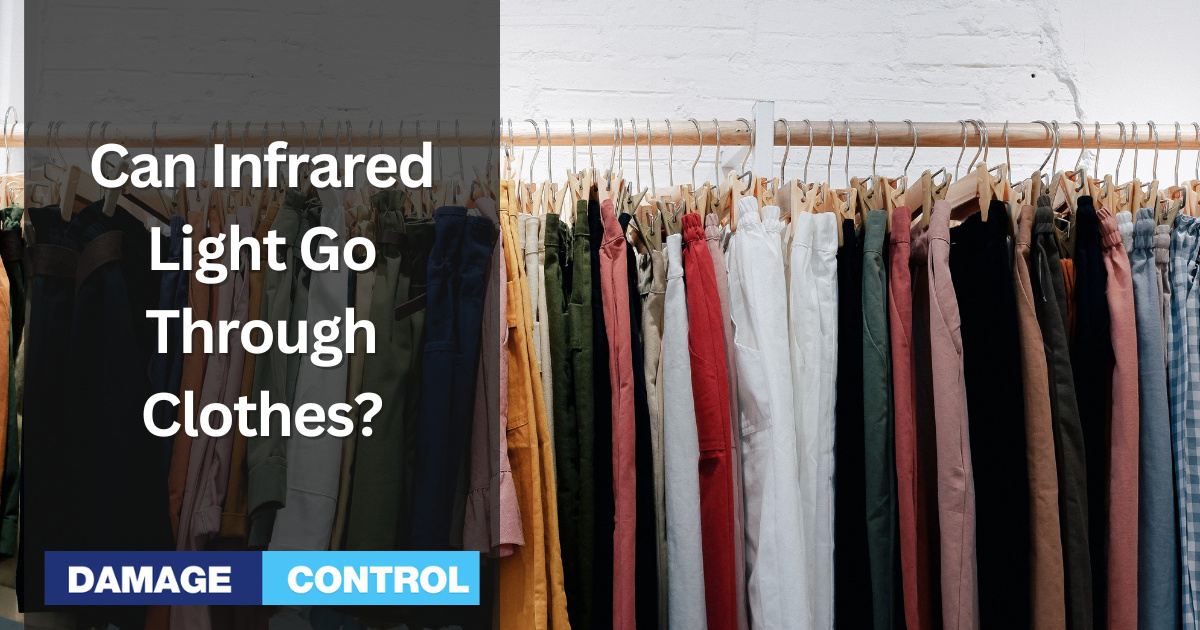Ever caught yourself wondering how Superman sees through walls? Or how your remote control talks to your TV? They're not quite the same, but they both have a little something to do with infrared light. So, can infrared light go through clothes? Let’s delve into this illuminating topic and find out.
What is Infrared Light, Anyway?
Have you ever wondered about the mysterious realm of infrared light? Although we can't perceive it with our naked eyes, this invisible phenomenon is ever-present in our environment, quietly making its presence known through a diverse range of applications. In essence, infrared light belongs to the family of electromagnetic radiation, coexisting with the visible light spectrum. Surprisingly, it's the same source of warmth that caresses our skin when we bask in the sun's gentle rays – a comforting thought, isn't it?
Now, let's dive deeper into the fascinating subdivisions of infrared light:
Near Infrared (NIR)
This category of infrared light resides closer to the boundary of the visible light spectrum, making it akin to an invisible neighbor. NIR plays a crucial role in various technologies, notably remote controls, where it empowers the seamless operation of devices with just a click. It's as if this slice of the infrared spectrum acts as a silent bridge between our intentions and the gadgets we control.
Mid Infrared (MIR)
When it comes to the sensation of warmth, we can attribute it to none other than mid infrared light. MIR takes on the role of a thermal artist, painting pictures of temperature variations. This capability makes it invaluable in thermal imaging technology, allowing us to visualize heat disparities, diagnose problems in machinery, or even detect the elusive warmth of living creatures. In essence, MIR serves as our gateway to the world of thermal awareness.
Far Infrared (FIR)
The far reaches of the infrared spectrum give birth to far infrared light, which finds its purpose in the realms of comfort and health. FIR finds its application in heating systems, gently enveloping spaces in a cozy warmth that soothes both body and soul. Additionally, FIR's therapeutic properties have found a place in medical applications, where it is harnessed for various treatments, such as pain relief and improving circulation. In essence, FIR brings comfort and healing into our lives.
So, next time you're enjoying the soothing warmth of sunlight or picking up a remote control, take a moment to appreciate the subtle influence of infrared light, an invisible but omnipresent force that touches so many aspects of our daily existence.
Can Clothes Act as a Shield?

Can clothes serve as a protective barrier against infrared light? While it's tempting to think of them as superhero capes, the reality is quite different. Most clothing materials are not particularly effective at blocking infrared light due to the inherent gaps between their threads. Think of these gaps as tiny keyholes through which infrared waves can effortlessly slip, akin to a hushed whisper finding its way through.
When it comes to specific fabrics:
Cotton
Cotton, although a popular choice for clothing, allows approximately 80% of infrared light to pass through its fibers. It's a lightweight and breathable option but offers limited protection against infrared exposure.
Polyester
Polyester, being slightly more resistant than cotton, provides a bit more shielding against infrared light. However, it still falls short of being a robust barrier.
Denim
Dark and thick denim, often found in jeans, offers better infrared protection compared to lighter fabrics. It can block more infrared light than cotton or polyester, but it's important to note that it doesn't provide complete coverage.
In summary, while clothes offer some degree of insulation against infrared light, they are far from being impenetrable shields. Understanding their limitations can help individuals make informed choices when it comes to protecting themselves from infrared exposure.
What Materials Can Block Infrared Light?

Indeed, there are materials that possess the remarkable ability to function as an invisibility cloak against infrared light, rendering them the superheroes of thermal protection. Among these champions are metal foils and specially engineered fabrics that defy the norm by reflecting or absorbing infrared (IR) radiation, instead of permitting it to permeate through. You can envision them as a pair of sunglasses, not for your eyes, but for your skin, guarding against the invisible warmth of IR rays.
Mylar Blankets
These lightweight yet potent thermal guardians excel at their task, reflecting up to an impressive 97% of IR radiation. Mylar blankets are often used in emergency situations to prevent heat loss, as they create a barrier that bounces the majority of infrared energy away, effectively maintaining warmth.
Aluminum Foil
Surprisingly, the common kitchen item, aluminum foil, is a capable defender against infrared light. Its reflective properties make it an economical choice for creating makeshift barriers against thermal radiation. It's like having a versatile shield at your disposal for various applications.
Specialized IR-Blocking Fabrics
For professionals who contend with extreme heat, such as firefighters, specialized IR-blocking fabrics come to the rescue. Incorporated into their uniforms, these fabrics play a pivotal role in safeguarding these brave individuals by mitigating the effects of infrared heat, allowing them to work in hazardous environments with reduced thermal exposure.
These remarkable materials serve as a testament to human ingenuity in harnessing science to enhance our protection against infrared radiation, offering us innovative ways to shield ourselves from its potentially harmful effects.
How is Infrared Light Used to See Through Objects?
It’s not X-ray vision, but infrared cameras create images using IR waves. These cameras detect heat. Living creatures, car engines, or a recently used stove all stand out clearly. Even through some materials, like clothing or darkness. Suddenly, the night isn’t so dark after all.
Are There Risks to Infrared Exposure?
Safety first. Too much IR can harm skin and eyes, just like too much sun. But in normal amounts? It’s typically harmless. In fact, it's used in some healing therapies, like infrared saunas. Comfort and health, hand in hand.
Conclusion
Can infrared light go through clothes? In a nutshell, yes. Most regular fabrics, from your cotton t-shirt to your denim jeans, aren’t great shields against infrared light. But certain materials, like Mylar blankets or specialized IR-blocking fabrics, can act as protective barriers. Infrared technology is a marvel, with applications ranging from remote controls to life-saving thermal cameras. Yet, just like with anything, it’s best enjoyed in moderation for safety's sake. Next time you feel the sun’s warmth, remember—you’re feeling a touch of infrared magic.

